7 things you should never put in a slow cooker
Avoid putting these foods in your slow cooker
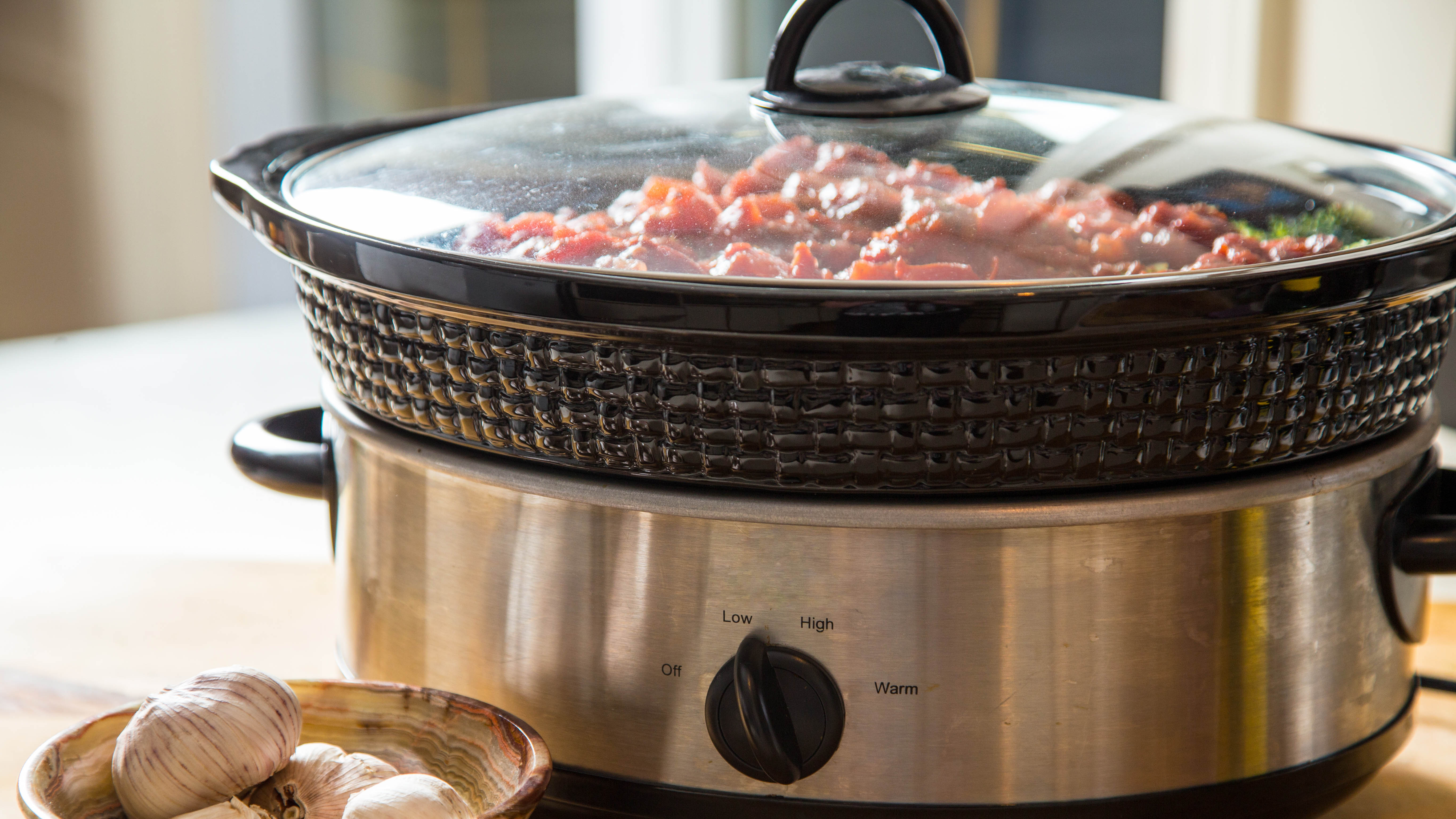
If you enjoy batch-cooking hearty meals and flavorsome stews, a slow cooker can make all the difference. Not only can slow cookers tenderize and produce succulent meat dishes to perfection, but can also rustle up soups, dips, and even cakes.
But while you may think that you can cook absolutely any dish in this versatile appliance, there are some things you should never put in a slow cooker. Unlike having one of the best Instant Pots — which are designed to do more than just slow cook, you’ll only end up with a recipe for disaster if you put the wrong foods in your dedicated slow cooker.
Essentially, slow cookers simmer food at a low temperature over a long period of time. It’s this low-and-slow cooking process that creates the ideal temperature for breaking down and tenderizing tough cuts of meat into a succulent texture.
What’s more, these appliances are easy to use — just add in your ingredients, set the cooker to low or high, depending on the recipe’s guidance, put the lid on and let it cook. But before you get in the kitchen, avoid these common things you should never put in a slow cooker.
1. Lean/expensive cuts of meat
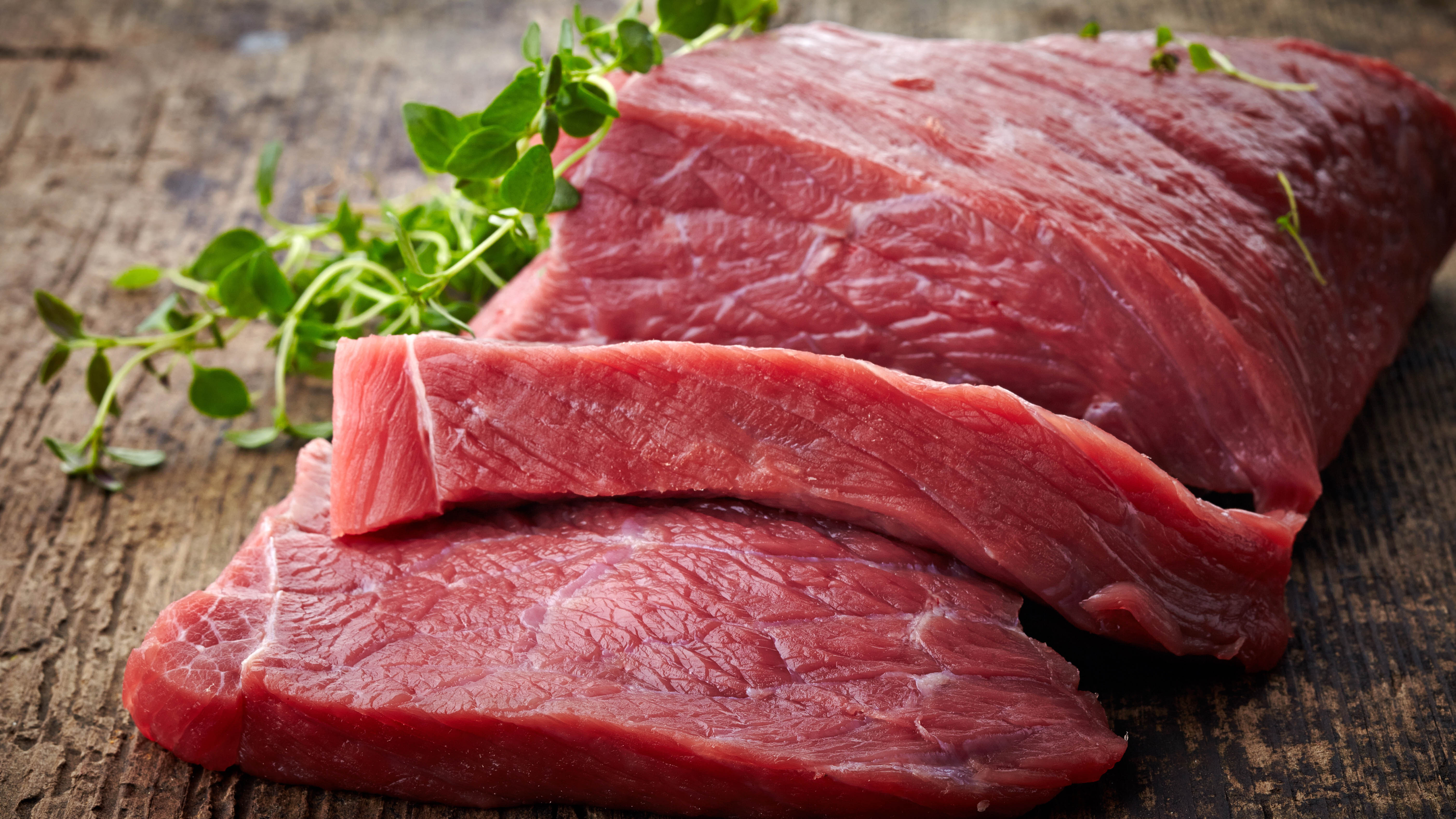
Slow cookers may be ideal for hearty meat dishes, but not for lean or expensive cuts. Since these appliances are ideal for tenderizing the tough connective tissue and fat of larger cuts of “tough” meat, lean cuts will actually become dry if you cook them in a slow cooker — so best avoided.
The best cuts of meat for slow cooking include shoulders, shanks, chuck and cheeks. Not only will it become tender and tasty once slow cooked, but these are usually more cost-effective.
2. Frozen foods
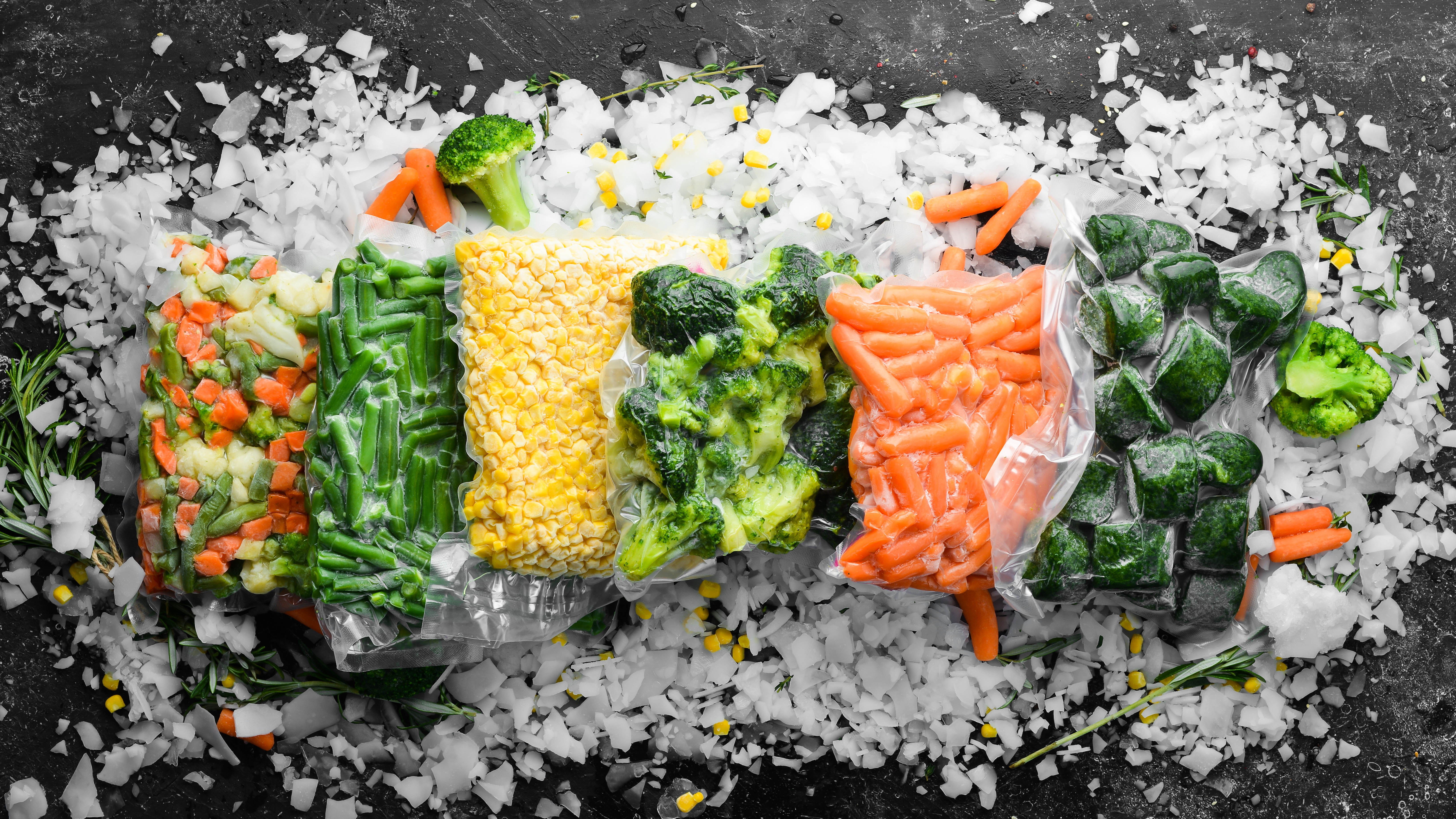
Never put frozen meats or vegetables into the slow cooker. Since slow cookers literally work by using a very low heat to cook, this means that it would take frozen meat or vegetables a lot longer to cook properly.
Sign up to get the BEST of Tom's Guide direct to your inbox.
Get instant access to breaking news, the hottest reviews, great deals and helpful tips.
More importantly, if meat is not properly thawed out, you could increase the risk of food poisoning, as the food won't come to a safe temperature for a very long time. Always defrost frozen items fully, or you can put in one of the best microwaves on the Defrost setting.
Plus, if you want to cook frozen, battered foods, it’s best to invest in one of the best air fryers for crispy results.
3. Leafy vegetables
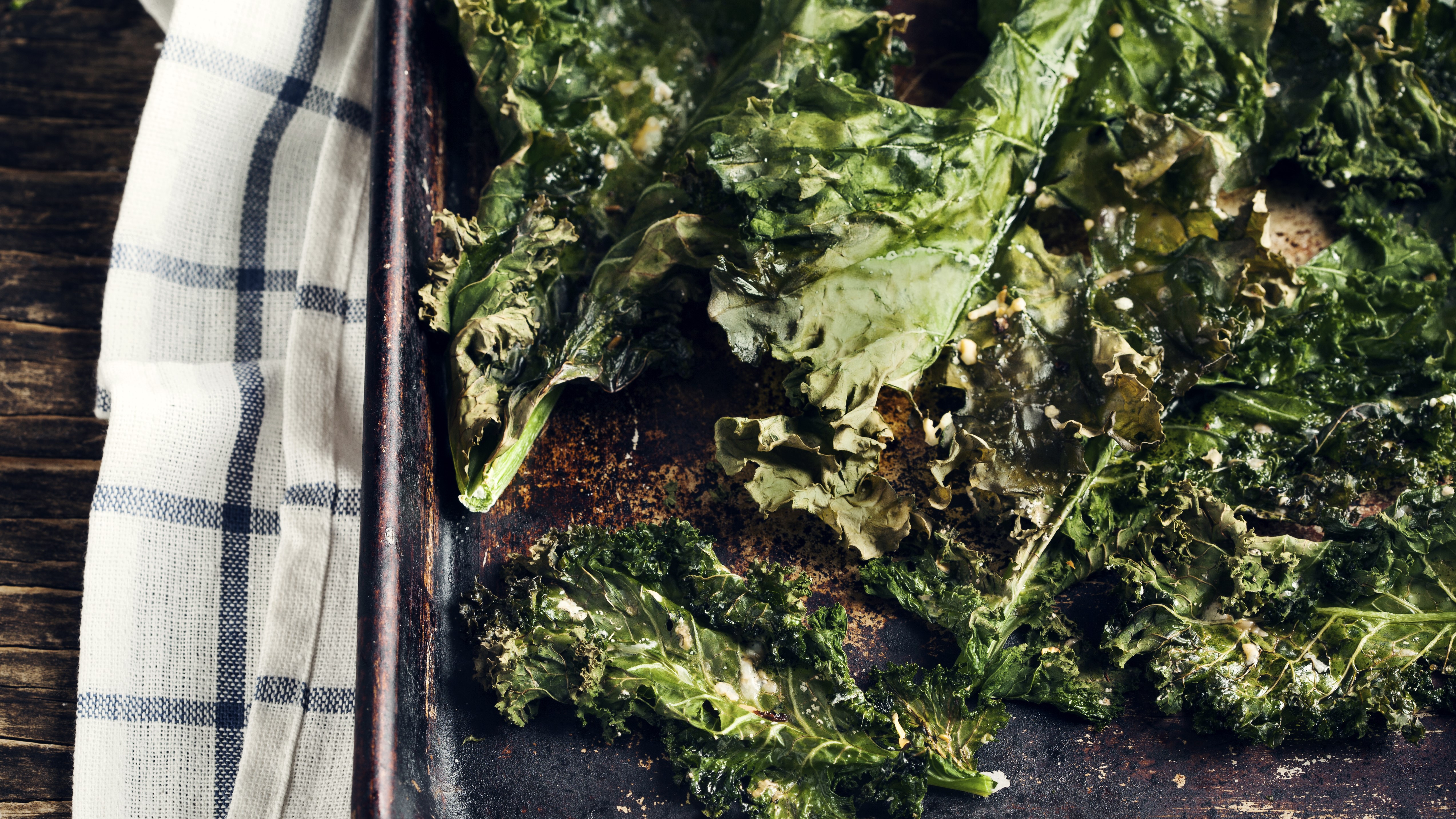
Similarly, slow cooking is great for tenderizing those hardy, root vegetables like carrots, parsnips and turnips, but not for delicate or leafy vegetables. So it’s best to avoid soft veggies like kale, spinach, zucchini, asparagus and pumpkin. If you do throw these in, these will just go super soft and turn into mush.
If you do want to cook these however, a good tip is to chop these into large chunks, and throw them in the last two hours of cooking.
4. Creamy ingredients
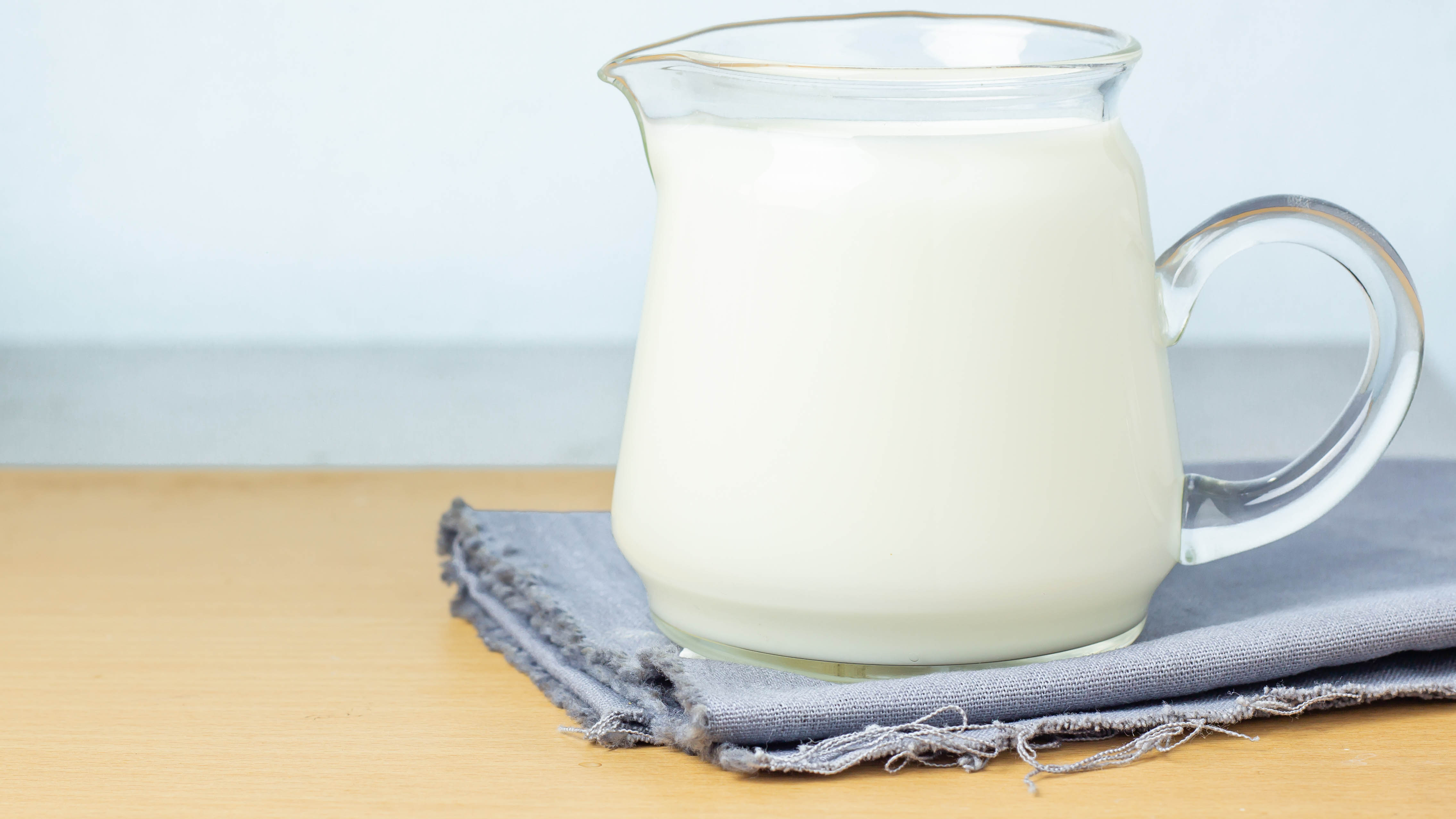
You might think that it’s fine to add diary or non-dairy ingredients into the pot at the start, but you’ll be mistaken. Avoid putting in milk, cream, yogurt or even coconut milk, as these can curdle or turn grainy in a slow cooker.
Instead, experts advise to stir these ingredients in at the end of cooking, and gently warm without a harsh boiling. These will still add the flavor that you need without spoiling the entire meal!
5. Seafood
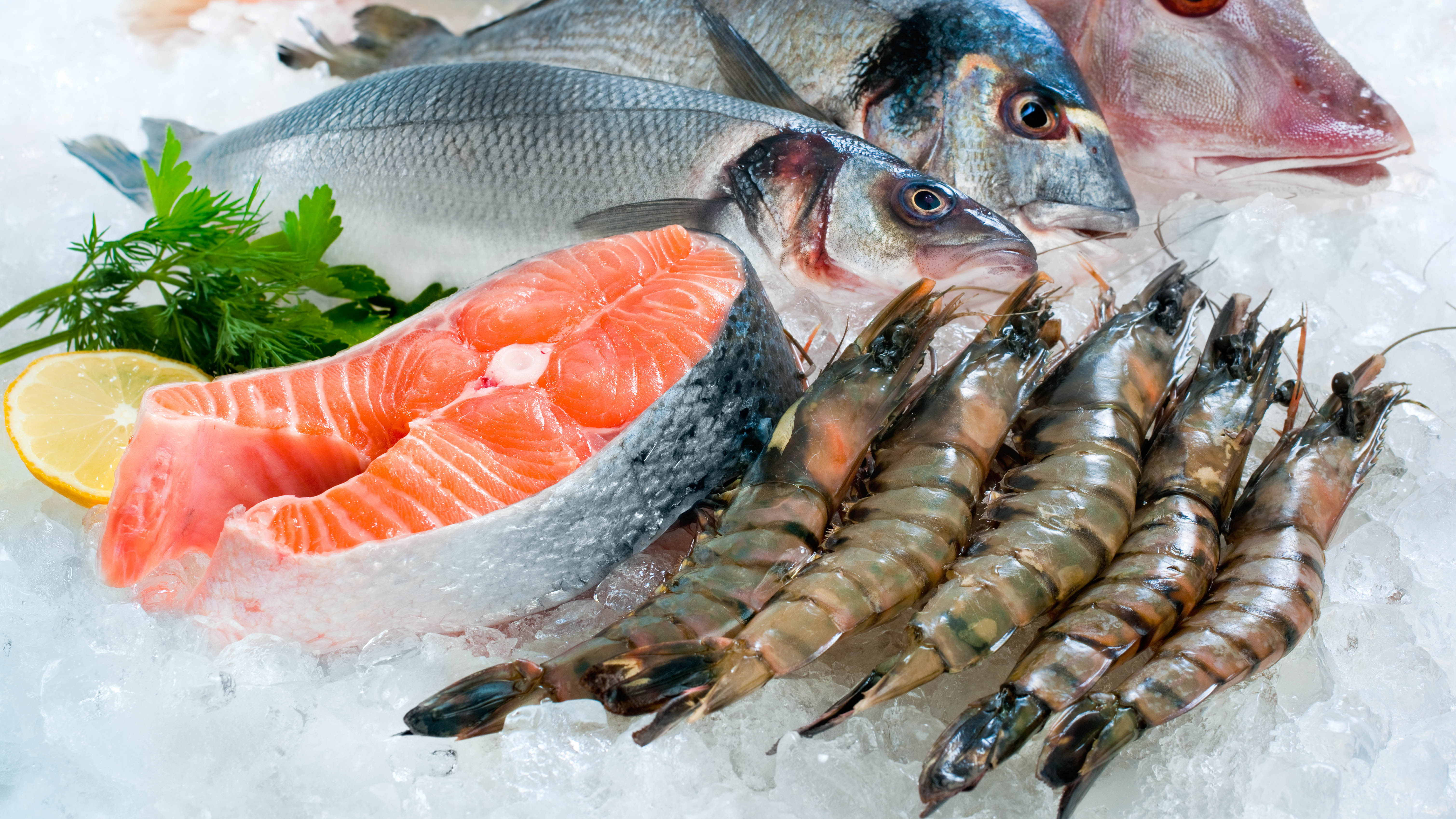
Seafood can make tasty dishes, but should never be put in a slow cooker. This is because fish and shellfish are usually very lean and will turn out grainy or dry in a slow cooker.
If you do enjoy seafood however, foods like squid and octopus are the only types that will cope well. Since these have a tougher texture, the slow cooking method will do well to tenderize them, and make them softer to chew.
6. Pasta
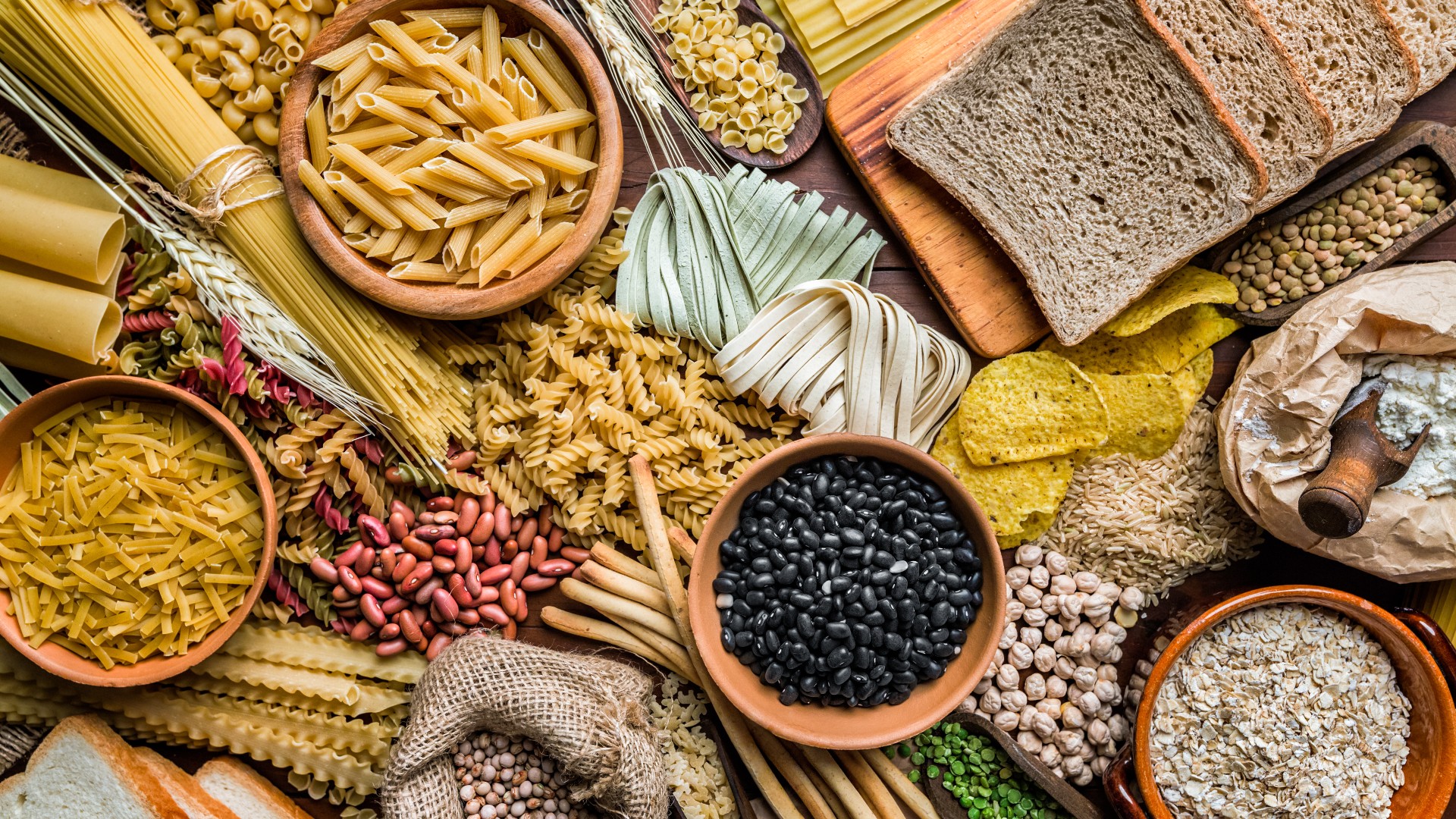
Although slow cookers are great for stews and liquid-based dishes, pasta should never be added in the pot. This is because pasta can soak up a lot of liquid, and can easily overcook, and become mushy.
If you do want to include pasta in your dish, the best method is to only add dried pasta around 15 minutes at the end of the cooking time. Just ensure there is sufficient water for the pasta to evenly cook, and monitor that it doesn’t overcook.
Alternatively, the fail-proof solution is to simply boil the pasta separately before adding it to the dish.
7. Rice
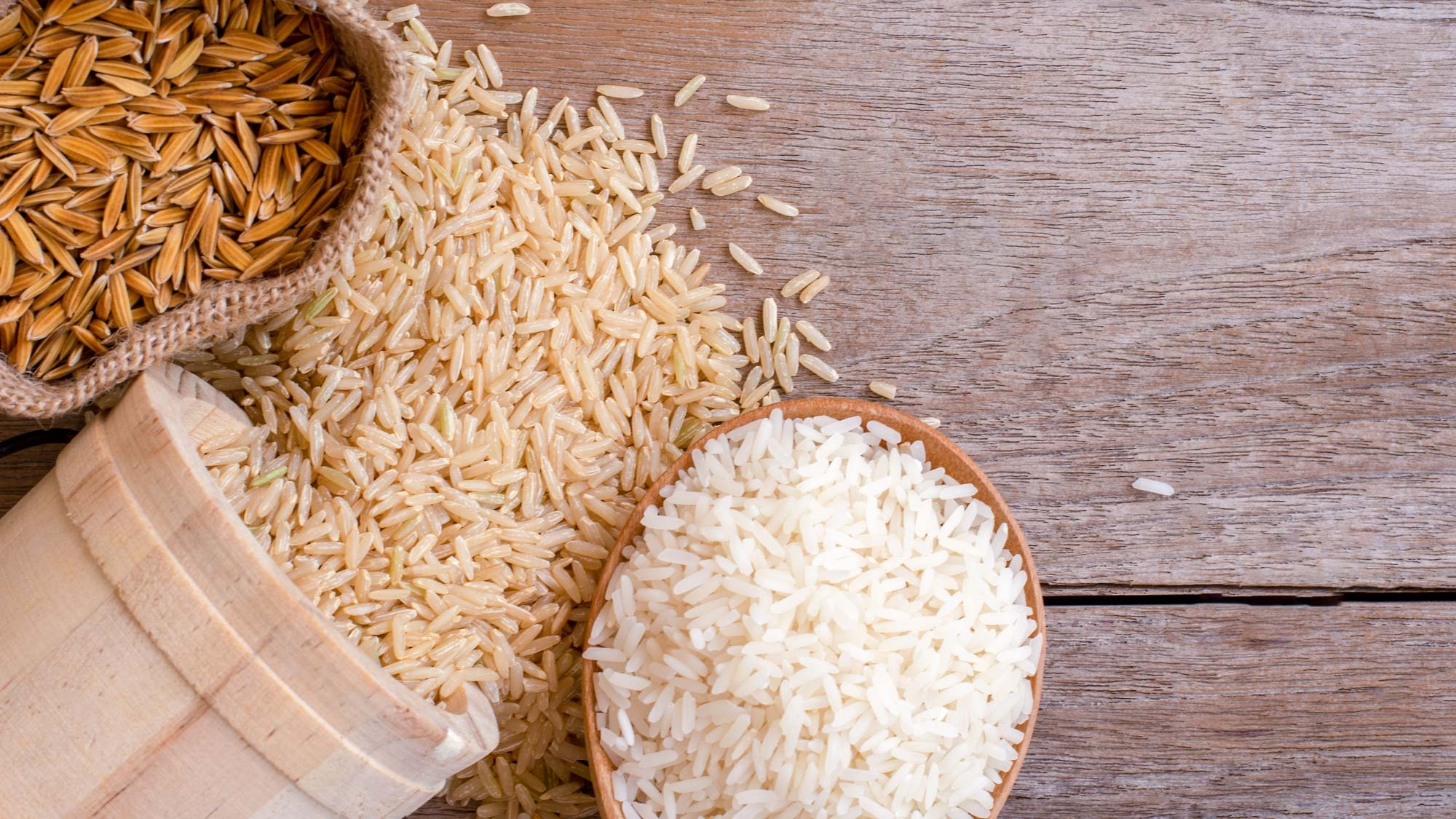
Similarly, cooking rice in a slow cooker is not recommended. Unless you’re making a type of rice porridge, the starchy rice will quickly absorb the liquid — turning it into a soggy mess. Not only will it overcook its fluffy texture, but ruin your meal.
If you regularly cook rice, you can invest in a good rice cooker or even use an Instant Pot multicooker to produce the results that you’re after.
More from Tom's Guide

As the Homes Content Editor, Cynthia Lawrence covers all things homes, interior decorating, and garden-related. She has a wealth of editorial experience testing the latest, ‘must-have’ home appliances, writing buying guides and the handy ‘how to’ features.
Her work has been published in various titles including, T3, Top Ten Reviews, Ideal Home, Real Homes, Livingetc. and House Beautiful, amongst many.
With a rather unhealthy obsession for all things homes and interiors, she also has an interior design blog for style inspiration and savvy storage solutions (get rid of that clutter!). When she’s not testing cool products, she’ll be searching online for more decor ideas to spruce up her family home or looking for a great bargain!
